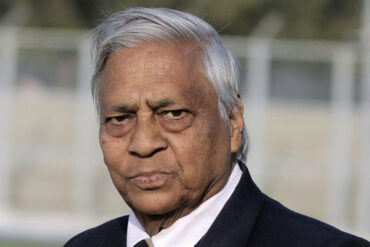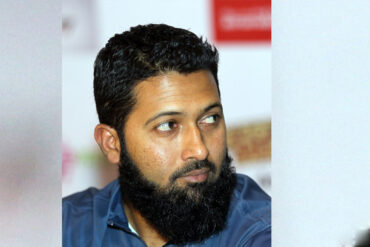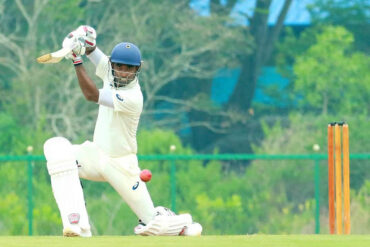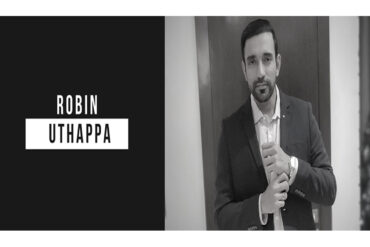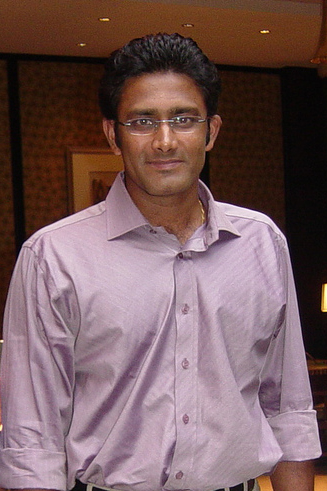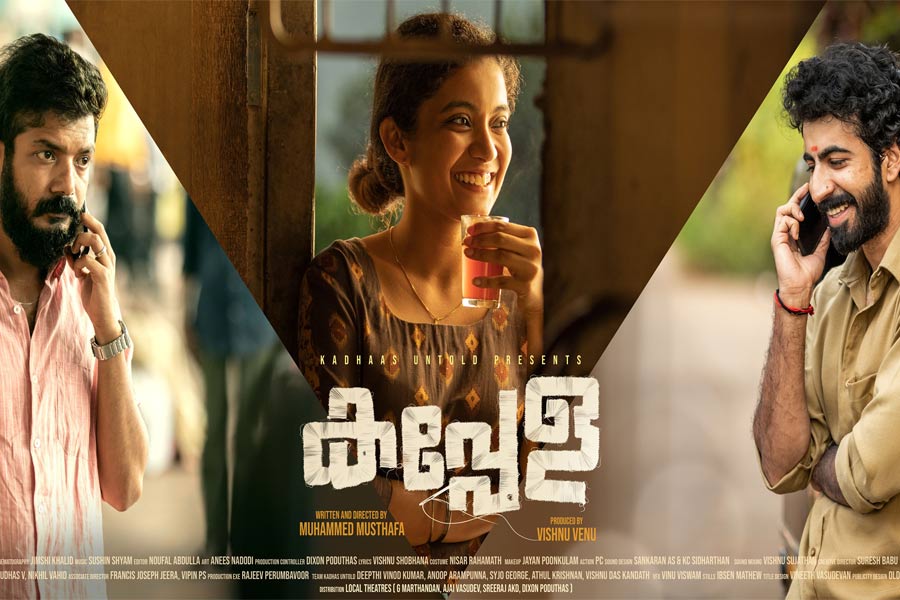There are unusual proceedings taking place in the Indian cricket circuit these days. The reference is to nothing else but the selection of the Indian senior cricket team’s coach. The seat was vacant for a long time and finally the officials have decided it is time to find a ‘suitable’ person to head the team. The appointment is being done in a way which is unheard of in the Indian scene before. For the Indian coach’s job, the applications were officially called and those who wanted to take up the job could apply directly to The Board of Control for Cricket in India (BCCI).
The BCCI has always tried to stay away from being transparent. BCCI, though a national body governing cricket in India, never wanted to see itself as an instrumentality of the State. This was raised before the Supreme Court in Zee Telefilms case, 2005 and the Apex Court held that the BCCI cannot be considered as “State” for the purpose of Article 12 and this prevented the operation of Part III of the Indian Constitution dealing with Fundamental Rights against them. In the limelight of the earlier judgements by various courts, more or less, this move by the BCCI to call for applications for the position of coach can be welcomed with a view that they are trying to provide transparency to the process. It is also to be noted that one of the applicants himself is the chairman of the selection committee.
You may find it funny that one of the terms mentioned by the BCCI was “the candidate should know Hindi or other Indian regional languages.” They may not have stated this as mandatory. But such a clause clearly shows they are interested in an ‘Indian coach’. And in an administrative body headed by a Bharatiya Janata Party (BJP) MP (Member of Parliament), Anurag Thakur, it is no a wonder that such ‘Sanskritisation’ has taken place. The BCCI is indirectly saying to the candidates that only Indians need to apply for the post of Indian Coach. If this is then way things are headed, then who is to say that the BCCI will not ask that the candidate be affiliated to a certain party.
The one thing we have to admit is that Team India’s performance was at its best when Gary Kirsten was holding the post. It is also to be noted that the Indian team has performed well under foreign coaches. Be it was John Wright, Greg Chappell or Gary Kirsten. Yes, Chappell created serious issues in the team. But, technically he was right. He tried to do good things in a totally unacceptable way. After Duncan Fletcher’s contract ended, Ravi Shastri took over the role with a specialised title of ‘Team Director’.
This time round, the selection process is done by the advisory board consisting of the former Indian greats Sachin Tendulkar, Sourav Ganguly and V.V.S Laxman. Three of them would be given the responsibility of selecting one from the 57 shortlisted applicants. Ravi Shastri, Sandeep Patil, Venkatesh Prasad, and Anil Kumble are the notable names in the list. The names of the foreign applicants have not been discussed in a greater way as the only name heard in the circuit is of the former Australian pacer Tom Moody. The final decision is expected to be taken on June 24 when the BCCI meets in Dharamsala.
What the team and the players need should be the criteria, rather than the nationality of the person. Team India is in a period of post transition. We now have young players who are capable of taking over the duties of their predecessors. What the team needs now is a person who will provide the right guidance. If the BCCI fails to find an apt coach this time, a bright future for the likes of Jasprit Bumrah, Ajinkya Rahane, Sanju Samon, Shreyas Iyer, and Karun Nair would be doubtful. Winning matches is important. But at the same time the coach should be effective in producing players for the future. Keeping that in mind, the BCCI should have had a talk with Rahul Dravid, rather than going for a ‘Hindi pundit’ coach.
Main photograph by By shrivsa from Bangalore, India (Flickr) [CC BY-SA 2.0], via Wikimedia Commons.

